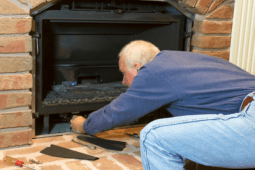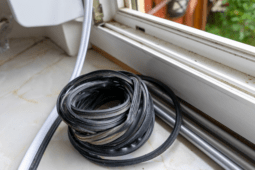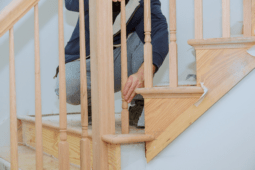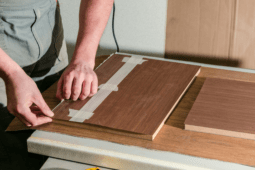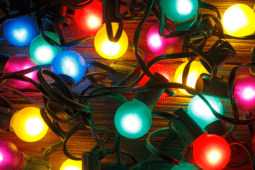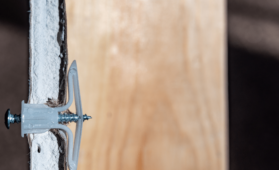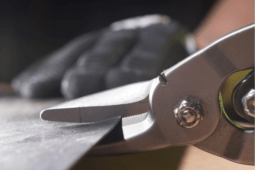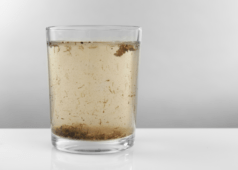Top Household Jobs Every Homeowner Should Know How to Do
Homeownership is a lot of responsibility. When you own a home, you want to ensure you are upkeeping the property and the house as a whole. This allows you to keep value in your home and gives you a wonderful place to live. If you start to let little repairs and household jobs slip or fall by the wayside, you will see how quickly your home can deteriorate.
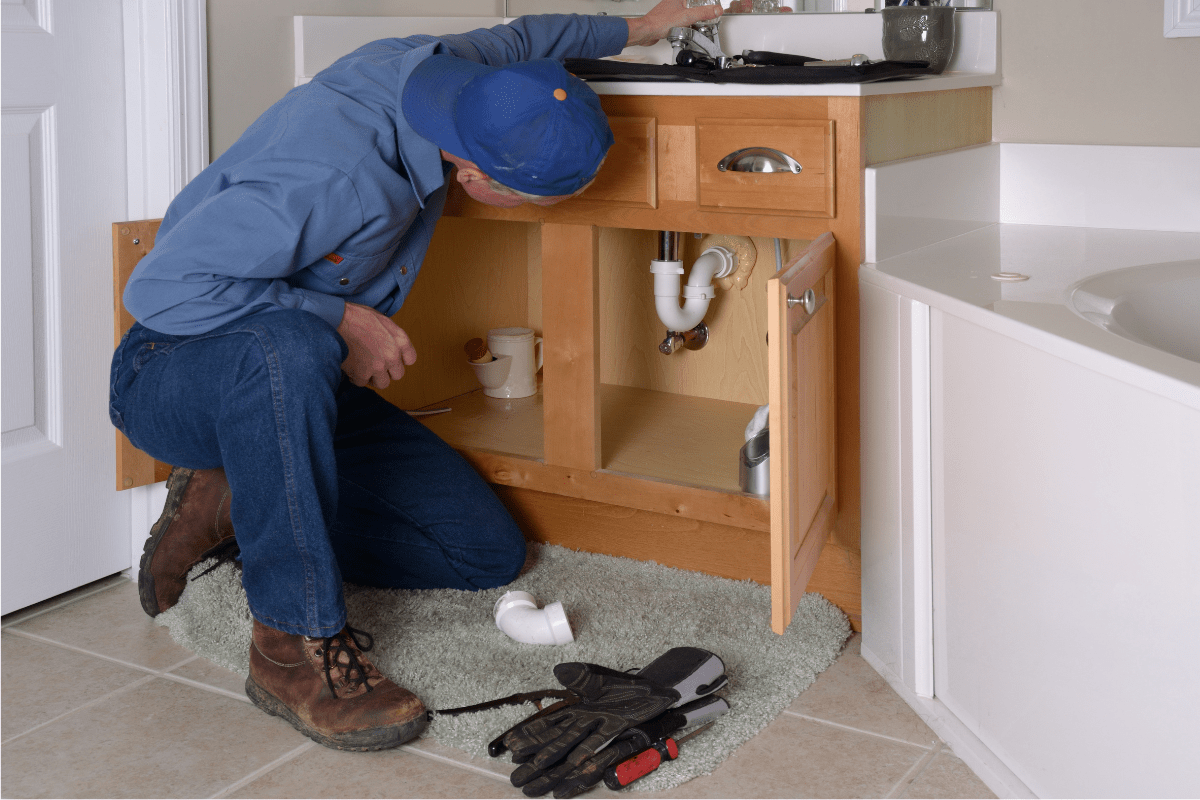
Here’s a list of household jobs that every homeowner should know how to do.
Change the furnace filter
Changing the furnace filter is a job that should not be ignored, since it improves the air quality in your home. Changing the air filter regularly will prevent dust, dirt, bacteria, and allergens from building up in the air inside your home.
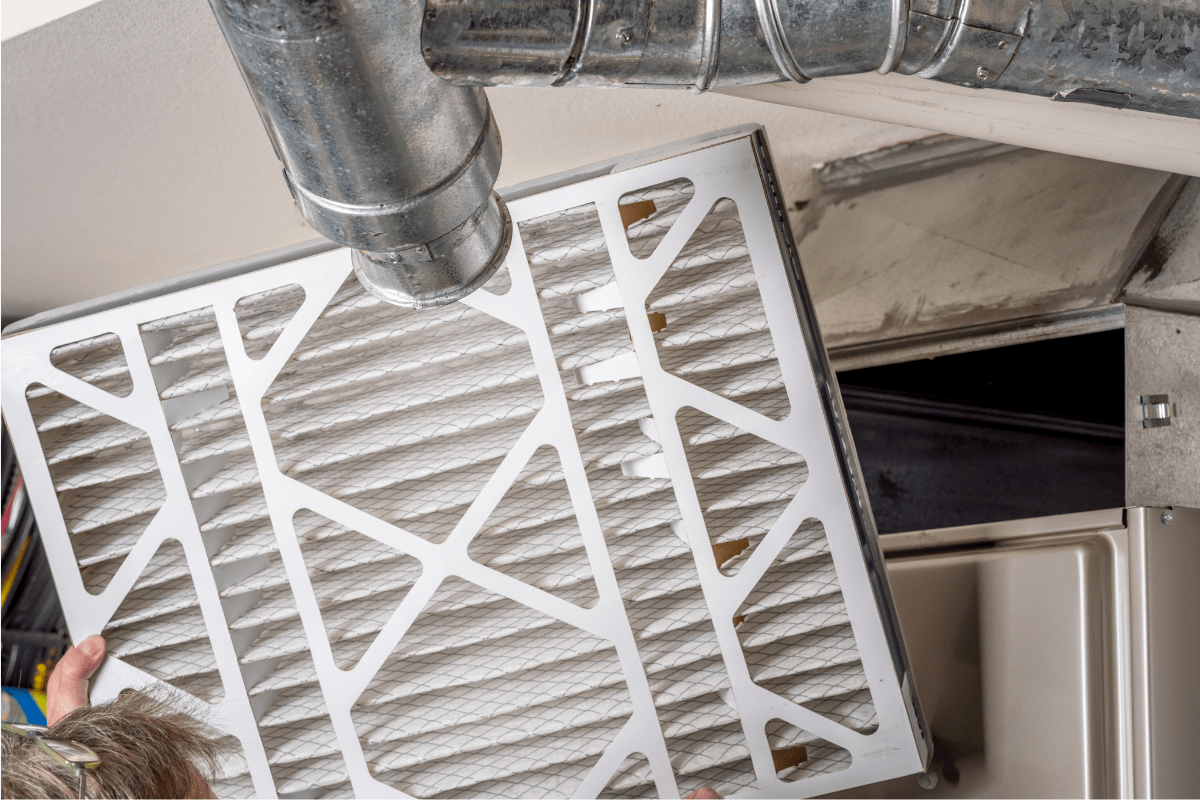
It’s also good for the life and longevity of your furnace. The health and safety of your family depend on it as well. You should change your furnace filter at least once every six months or each year and you should check your furnace filter monthly.
Clean gutters and downspouts
The gutters on your roof are very important. Their job is to divert rainwater from your roof and away from your home’s foundation. Gutters and downspouts can get clogged with leaves and debris, so cleaning them out is essential. If they get too blocked, the water can run into eaves, resulting in rotten fascia or soffit boards.
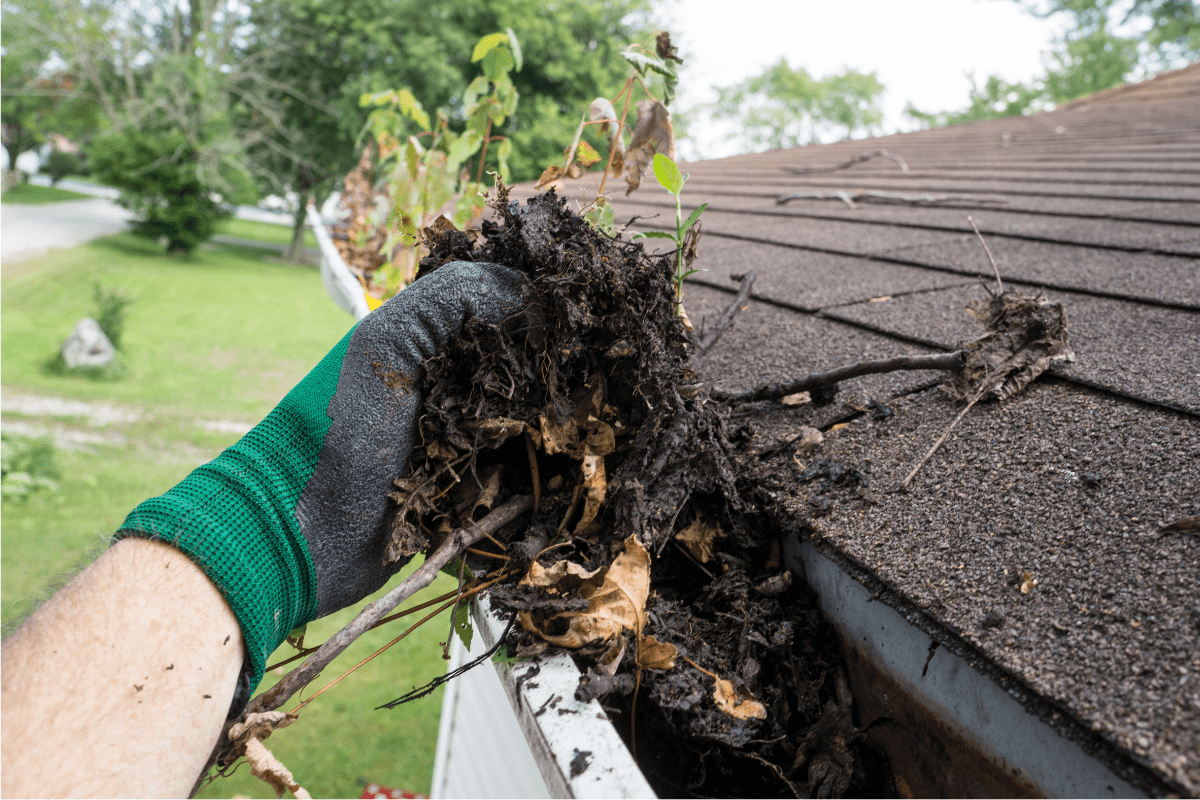
It would be best if you made an effort to clean your gutters at least twice a year.
Fix leaks and drips
As a homeowner, you shouldn’t have to call a plumber for every little leak or drip. A responsible homeowner should take it upon themselves to do a little research and learn how to handle small leaks and drips before they become more significant problems. Dilemmas like running toilets are also easy to fix for the average homeowner.
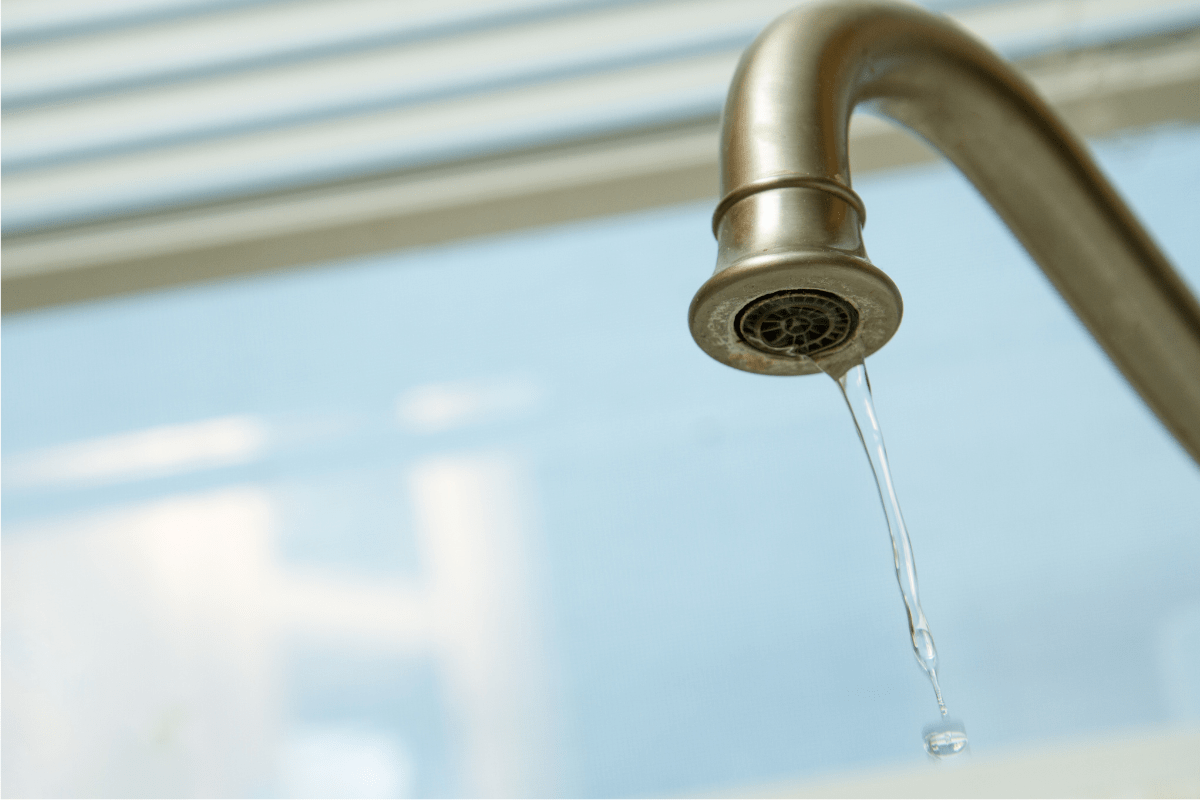
Flush the water heater
Lime and other sediments can build up inside your water heater tank, so it’s essential to flush it out periodically. This will also help to improve the heater’s efficiency and lifespan.
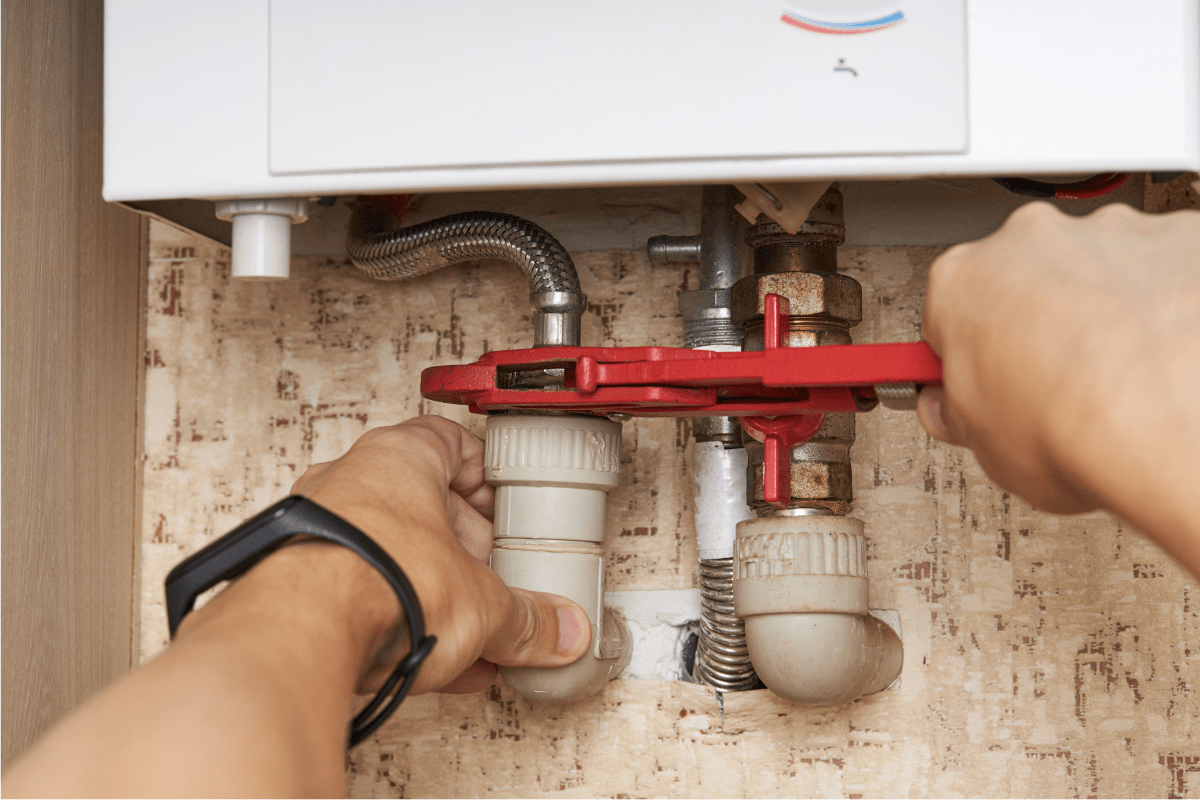
Unclog a sink
When a sink clogs, a homeowner’s first go-to is a chemical drainer in most cases, but they can be ineffective. The most common cause of a clogged sink is a blocked P-trap. Usually, this is a simple fix to unclog.
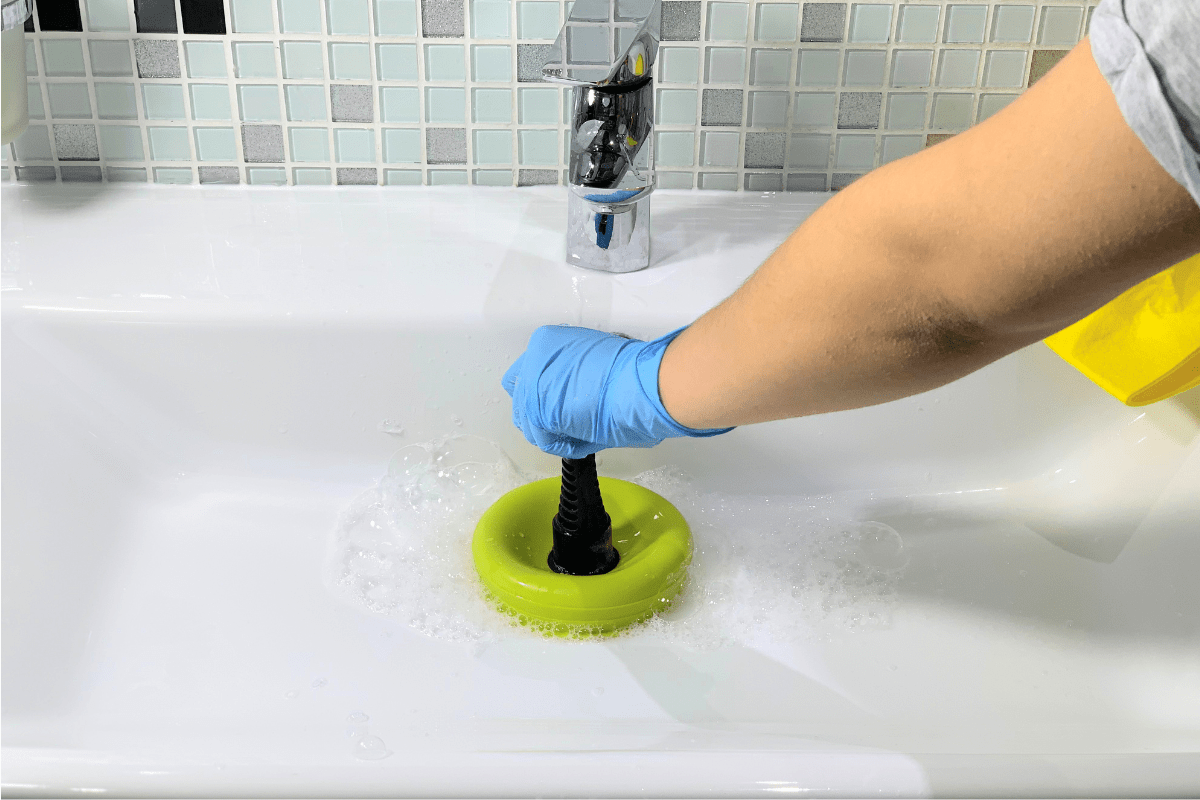
The P-trap is the U-shaped pipe directly under the drain. Place a bucket underneath it and unscrew the pipe, and you can get the clog out quite quickly.
Replace a faucet
Faucets need to be changed out in a home more often than you think due to changing trends or the need for repair. While this may seem like a complicated job, it’s not that hard, and something most homeowners can do on their own without calling in the experts.
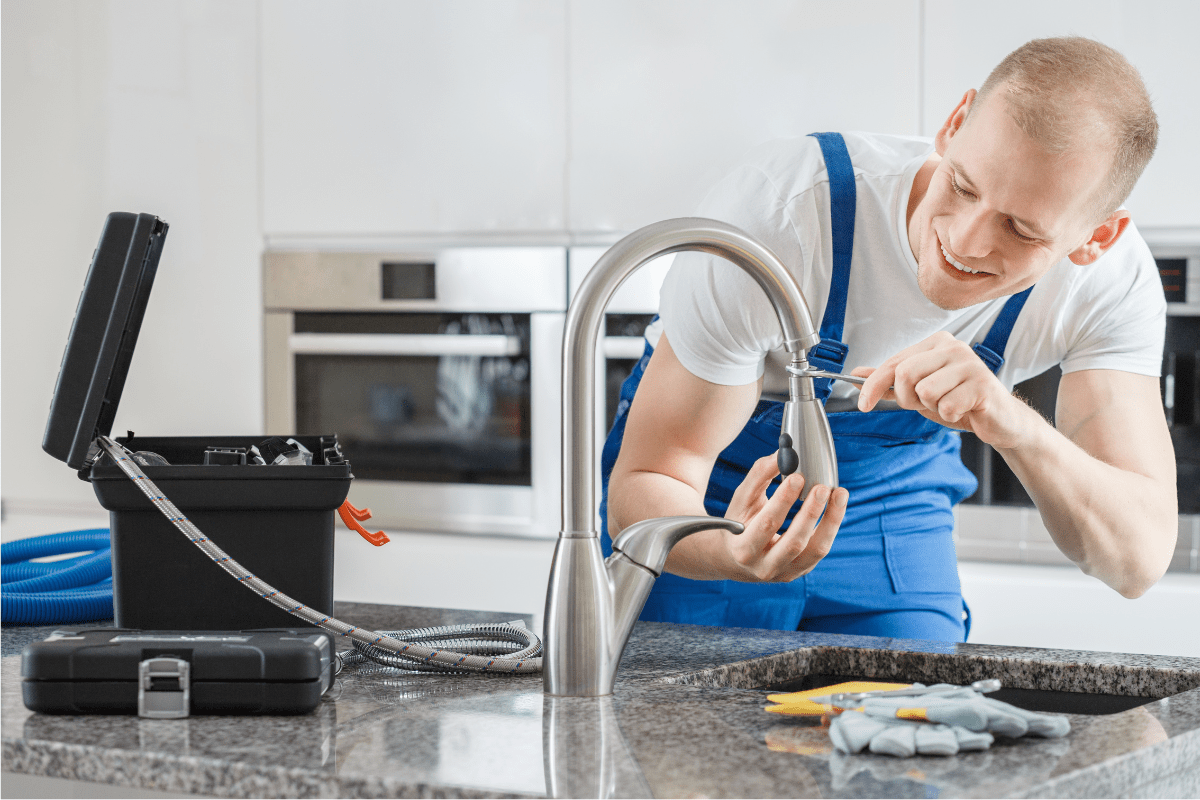
Changing out light fixtures
Like you can skip the plumber for a faucet, you don’t always need to call on an electrician for a light fixture. Standard light fixtures in most houses are pretty easy to change out yourself. Remember—black to black and white to white.
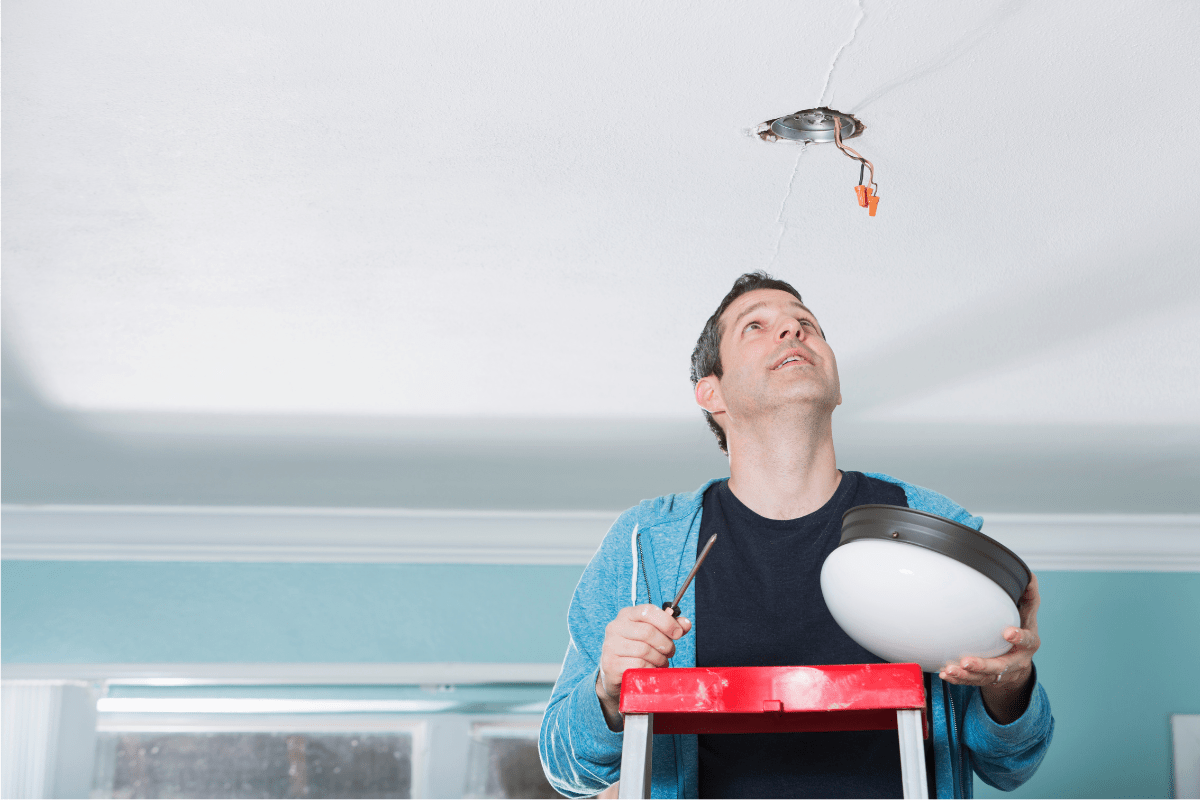
The black wire is the “hot” wire, it carries the electricity from the breaker panel into the switch or light source. The white wire is the “neutral” wire; it takes unused electricity and current and sends it back to the breaker panel.
The green wire is the “ground” wire; it will take electricity back to the breaker panel, then outside to a rod buried in the ground. This is to prevent the electricity from running through you.
Operate a pressure washer
The exterior of our homes can become quite dingy over time, so you may want to freshen up your brick or siding with a nice bath. The easiest way to do this is with a pressure washer. You can also use a pressure washer to wash down sidewalks, cement paths around your home, or even clean up decks and patios before re-finishing.
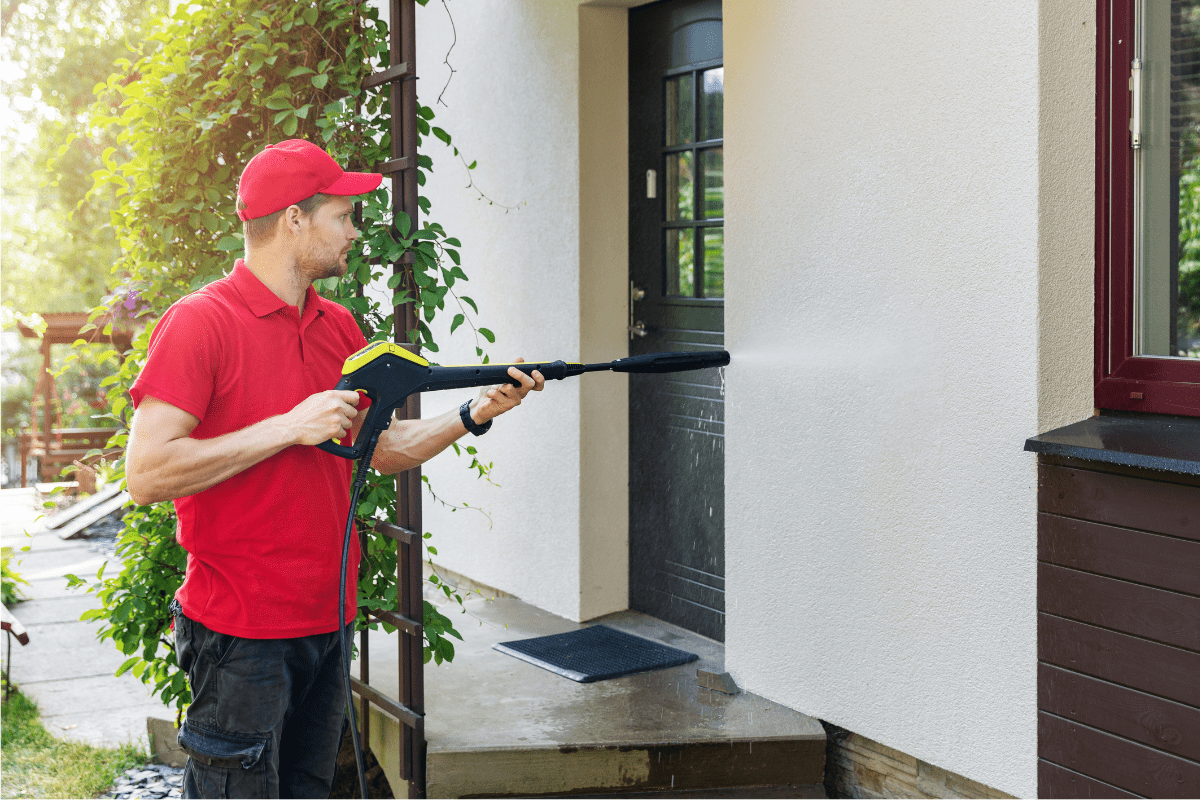
Clean a sump pump
To keep your sump pump in good working order, it should be cleaned out twice a year. It’s relatively easy to clean, too. Just turn off the power, remove it from its pit, and bring it outside to rinse it off with a hose. You want to make sure you remove any caked-on debris. Drain any water from the pit with a shop vac, and then return the pump after it has thoroughly dried. Don’t forget to turn it back on.
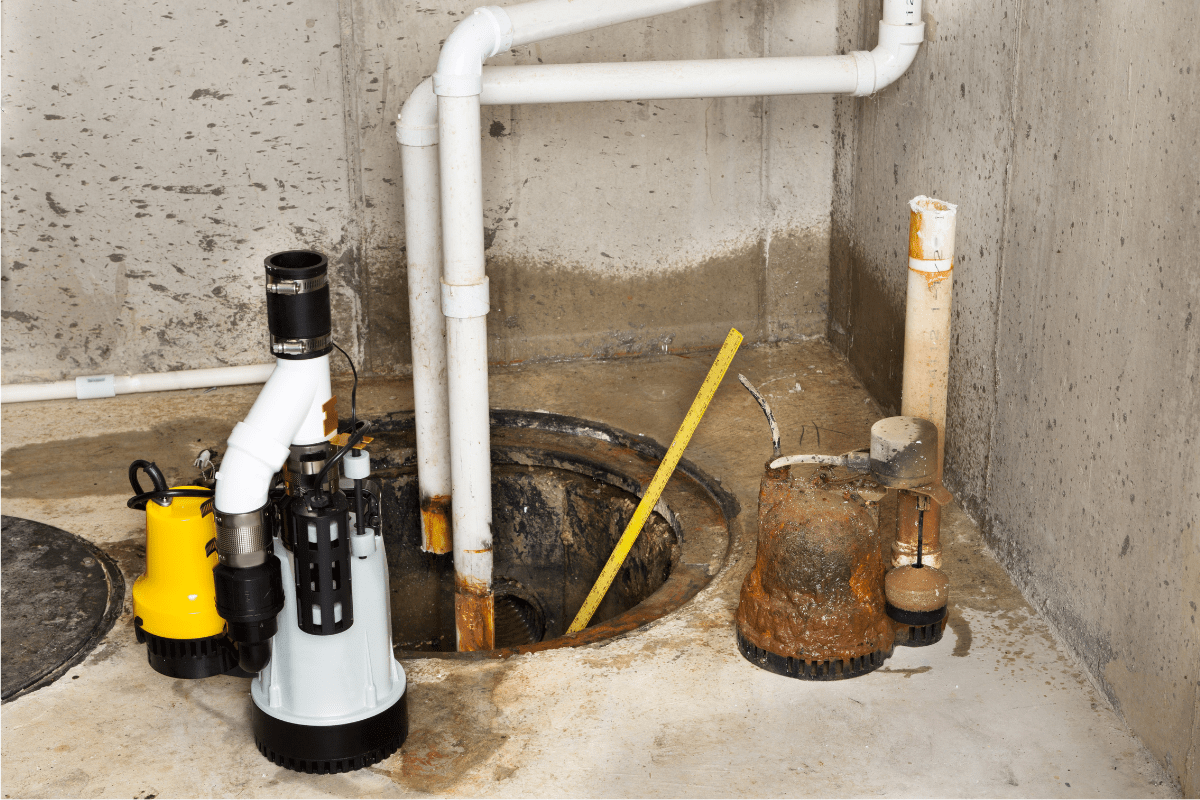
Patch a hole
Over time holes in our walls appear, sometimes from accidents or because we have moved around pictures and wall art. Patching holes is such an easy job to do and will keep our homes looking new and fresh.
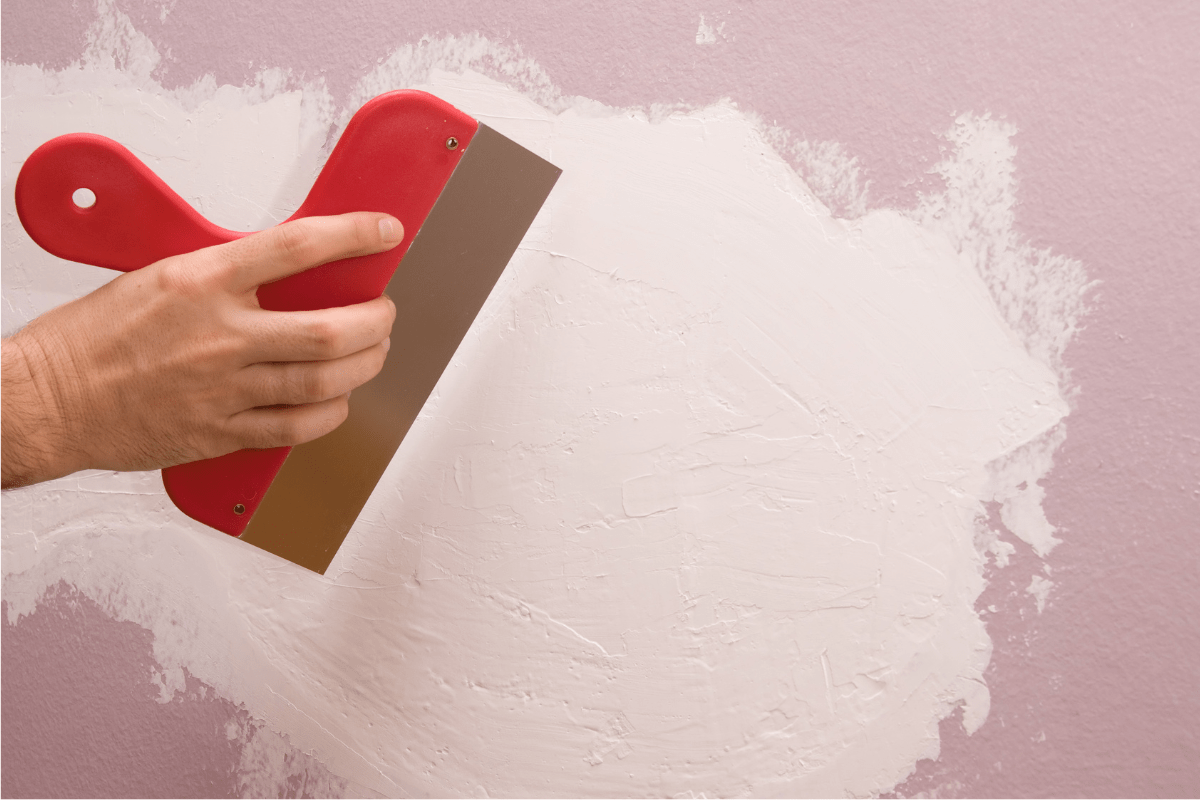
Painting
Every homeowner should know how to paint. Every few years or so, applying a fresh coat of paint to the interior of your home can keep it up to date and looking fresh and new. If you don’t want to paint so often, a good regular cleaning and wiping down of your walls will help keep your home looking pristine.
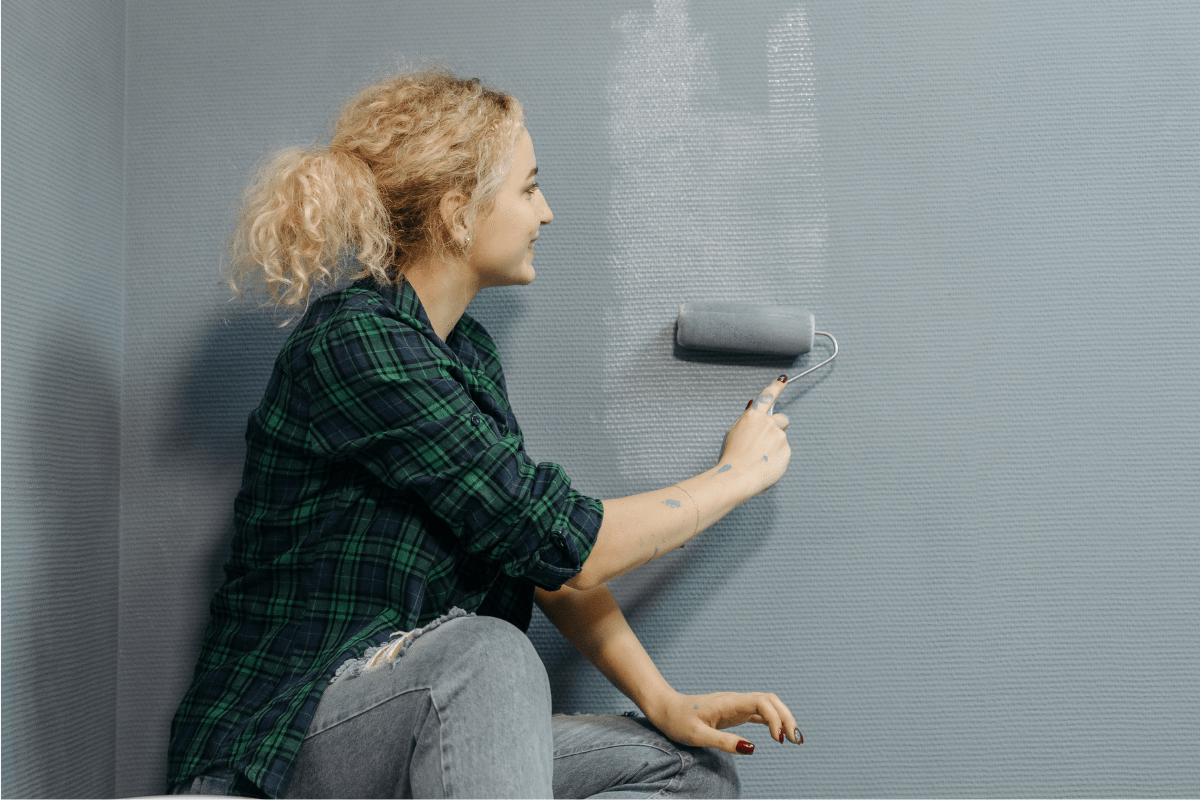
Locate shut off valves
An informed homeowner is a savvy and prepared homeowner. Knowing where all your shut-off valves is wise. In emergencies, you should know where things like gas and water shut-offs are. For those in colder climates, exterior water valves should be shut off for the winter months.
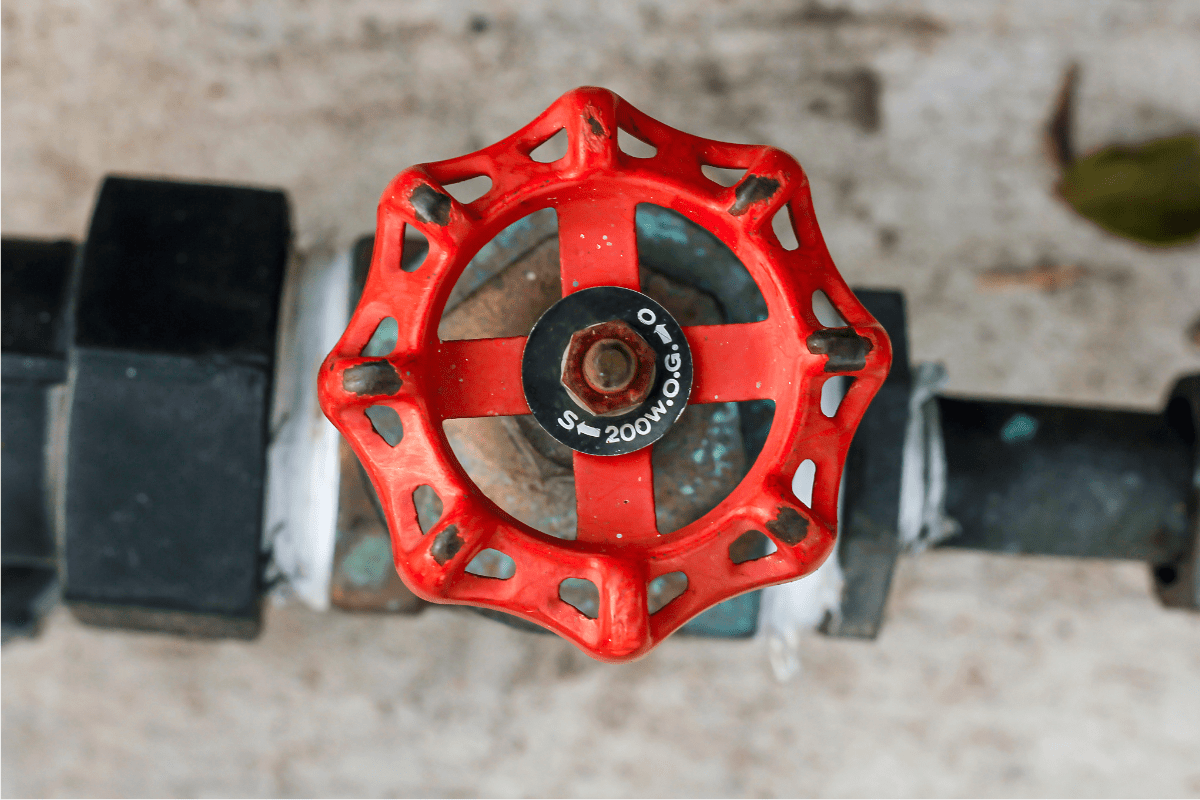
Set a thermostat
It’s imperative to know how to set a thermostat for any homeowner. Not just for your heating bill, but also because incorrect thermostat settings can cause pipes to freeze in extreme cases. The U.S. Department of Energy recommends setting your thermostat to 68 degrees in winter and 78 in summer for optimal energy efficiency.
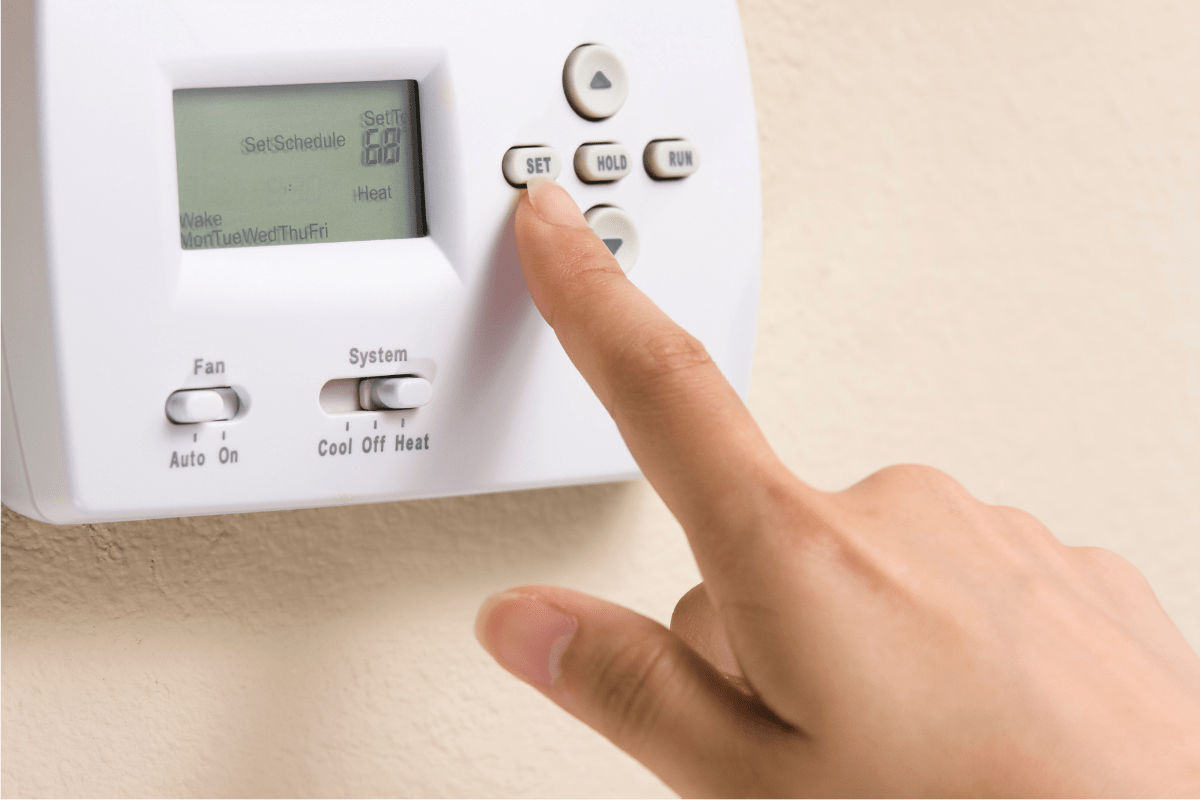
Clean windows
I don’t mean just grabbing the Windex and wiping down the glass. It’s crucial for homeowners to remove screens and give the windows and surrounding frames a good cleaning at least 2-3 times a year. This will help your windows stay in the best shape and prevent dirt, dust, and residue from causing damage around the window and frame.
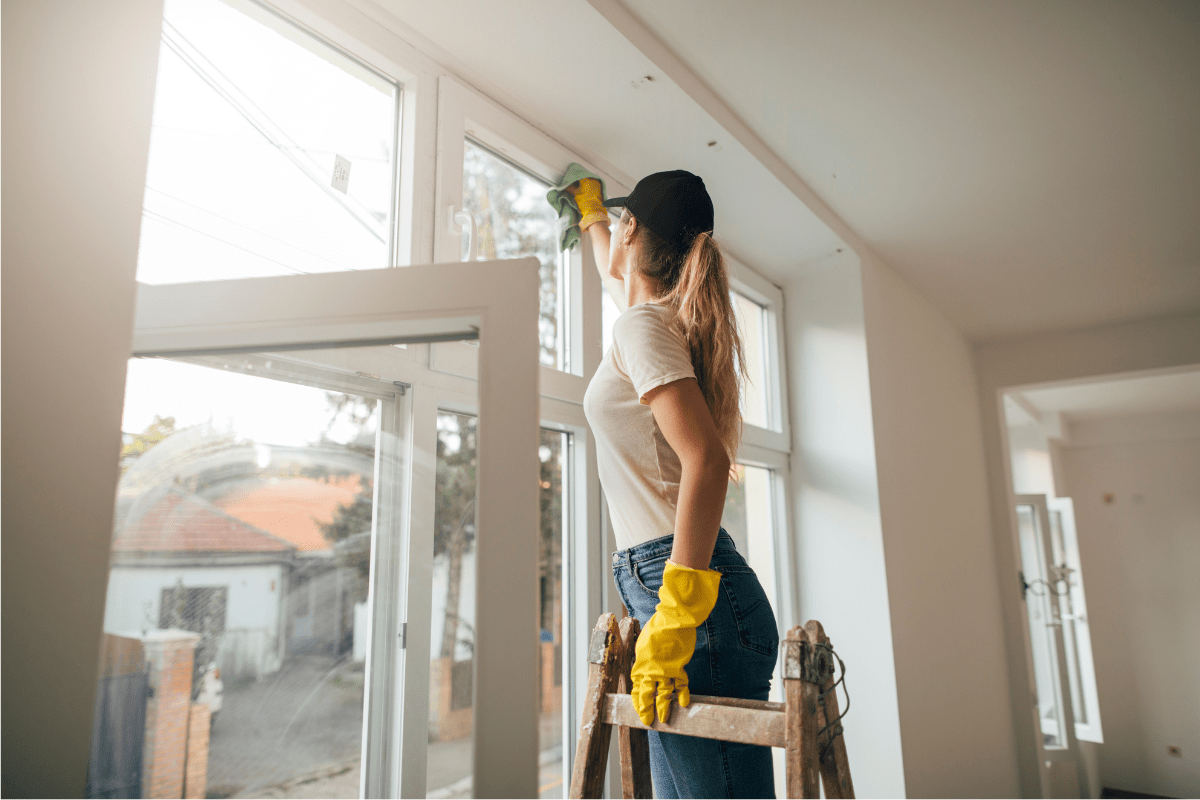
Neglected windows are susceptible to mold. Dirt particles will buildup on your windows and sills, diminishing your property’s air quality.

